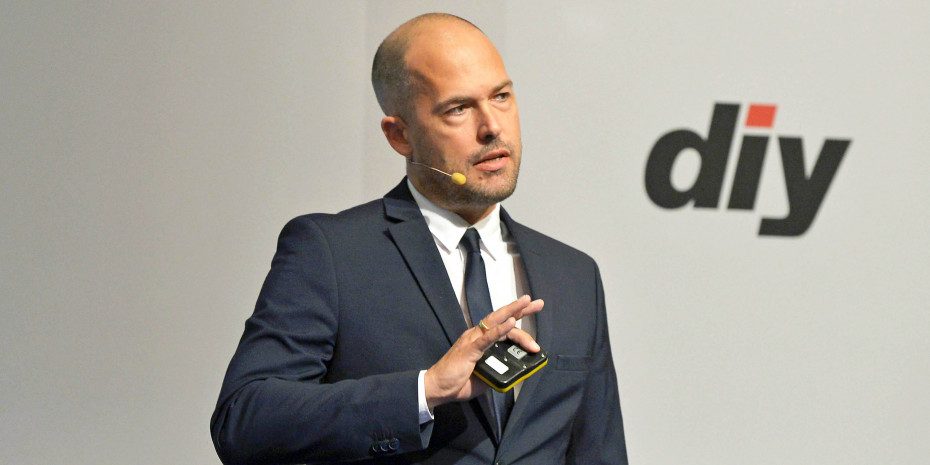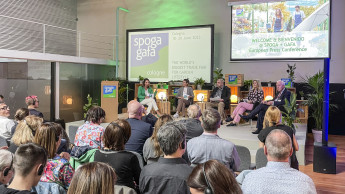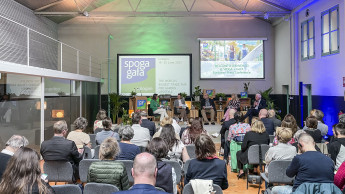Although the world-leading fair in the garden sector had chalked up record figures in Cologne at the start of September for exhibitors and exhibition area, the best result from Koelnmesse's viewpoint was slightly different: "We are progressing towards breaking Spoga+Gafa out of the biannual cycle it has experienced," said Lohrberg, taking stock at the Summit.
By this he meant the visitor numbers, which at 39 000 this year virtually attained the level of the previous (even) year at 39 275. As a comparison, there were 36 369 in 2015, down from 38 226 in 2014. The proportion of foreign visitors in 2017 increased to roughly 60 per cent. On the exhibitor side, 2 131 exhibitors from 59 countries were in attendance, with foreign companies accounting for 84 per cent, and the exhibition area was around 226 000 m².
The figures are one thing and are naturally important for underpinning the reports of a successful show. Development and the future prospects of Spoga+Gafa, which went through tough times a decade ago, are another. "Depth and added value" are terms that Lohrberg is fond of using in this context to make clear the path he wants to map out.
What he is driving at was clearly apparent this year from the so-called POS Green Solution Islands. The five special zones portrayed examples of how plant sales can look with regard to different themes - for example bathroom, roof terrace or crop plants - each implemented for typical speciality store and DIY store formats. Visitors could engage more closely with each of these themes in expertly guided tours. Whether the solutions presented in each case are realistic and achieve the intended aim is open to discussion. The important thing is that the 2017 version of Spoga+Gafa, which has long since ceased to be an ordering fair, amply rewarded visitors who were expecting more than the uniformly high-quality product presentations of the exhibitors.










